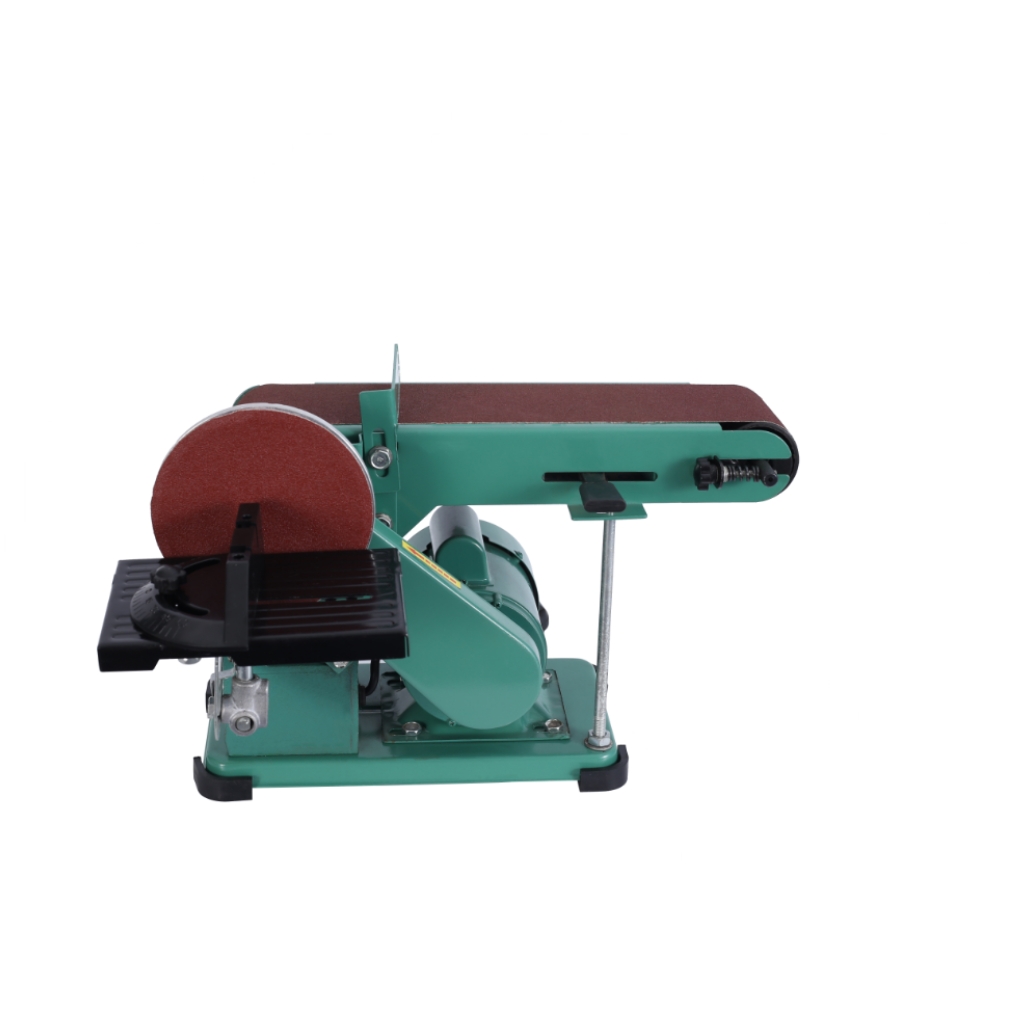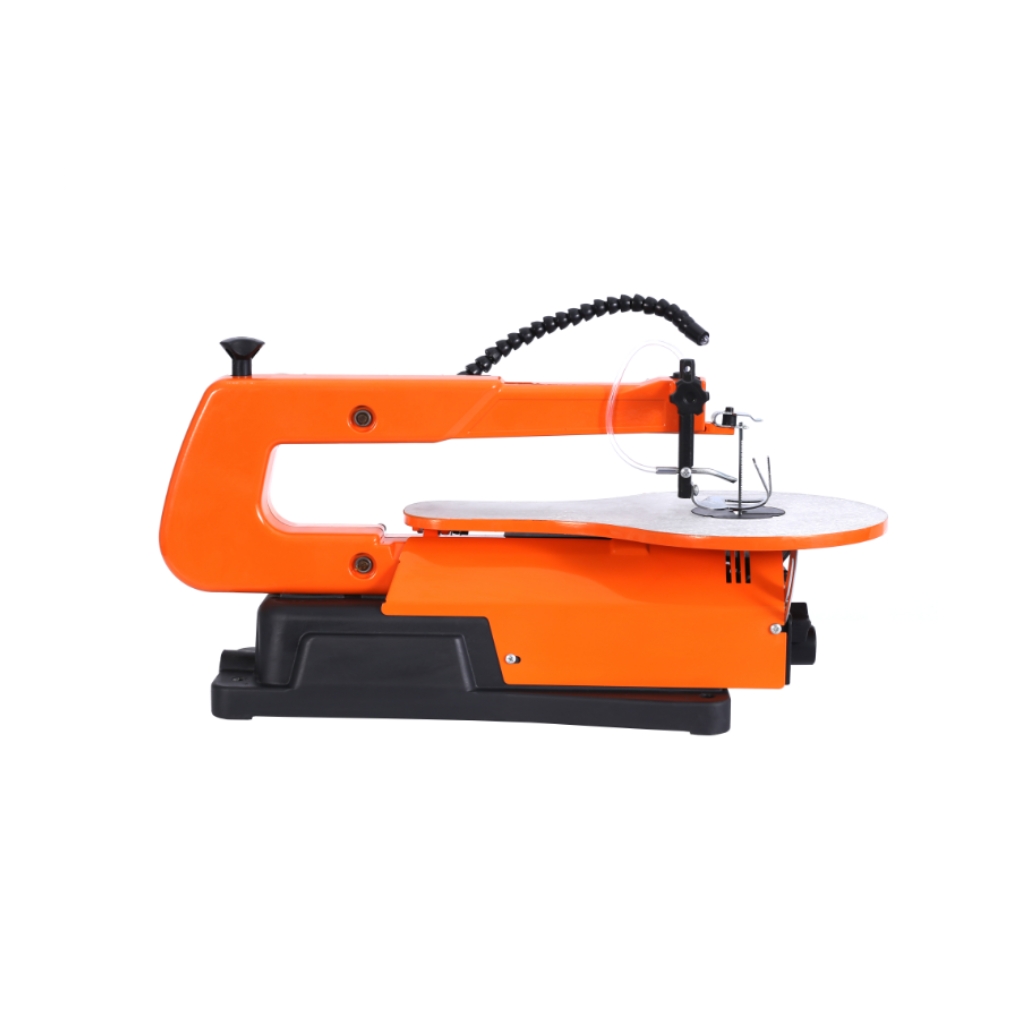Blog
Xendoll has 22 years of experience in the production of small machine tools. We will help you choose the suitable machine and share our experience in CNC machining with you.
 Jul 17, 2025
Jul 17, 2025

 958
958
For many aspiring machinists, educators, or small workshops, the idea of needing a dedicated computer to run a CNC machine can feel like a barrier. Whether due to workspace constraints, budget limitations, or simply a preference for streamlined operation, the question arises : Can you effectively use a CNC machine without being tethered to a traditional computer? The answer is a qualified yes, depending on the machine's design and your specific needs. While computers offer immense power and flexibility, alternative pathways exist for control and operation.

Total: Alternative Control Methods Exist
While modern CNC machining heavily relies on computers for complex CAD/CAM and intricate control, several practical approaches allow operation without a dedicated PC constantly connected:
Dedicated CNC Controllers (The Primary Solution):
An LCD screen and keypad/nob for direct input.
USB ports or SD card slots for loading pre-generated G-code programs (created offline on a computer).
Onboard memory to store multiple programs.
Manual Data Input (MDI) mode for entering simple commands directly.
Jogging controls for manual axis movement.
Toolpath visualization (basic to advanced, depending on the controller).
How it Works: Most modern mini CNC mills and lathes (like many offered by Xendoll Tools) come equipped with their own integrated control system. This is a specialized computer built directly into the machine or housed in a separate control pendant/box.
Capabilities: These controllers typically feature:
Workflow: You design your part and generate the G-code using CAD/CAM software on a separate computer. Save the G-code file to a USB drive or SD card. Insert the storage device into the CNC machine's controller, load the program, and run it – no direct computer connection needed during machining. This is the most common and efficient "computer-less" workflow for production or complex parts.
Manual Data Input (MDI) - For Simplicity & Repetition:
Running very simple operations (e.g., drilling a single hole at specific coordinates).
Repetitive tasks where the same short sequence (like facing a surface) is used frequently.
Setting tool offsets or workpiece zero points.
Performing quick machine checks or maintenance routines.
How it Works: MDI mode allows you to directly type in specific G-code commands line-by-line through the machine's controller interface.
Use Cases: This is ideal for:
Limitations: Creating complex part programs entirely via MDI is highly impractical and error-prone. Its strength lies in executing short, defined commands or sequences stored in the controller's memory.
Offline Programming & Transfer:
The "Disconnect" Approach: This leverages the dedicated controller method but emphasizes the complete disconnection. Program creation happens entirely offline on a separate computer (which could be a laptop used elsewhere). The finished G-code is physically transferred (USB/SD card) to the machine. Once loaded and started, the machine operates autonomously based on the controller's execution. The programming computer is free for other tasks or not even present in the workshop during the machining run.
Total: Understanding the Trade-offs and Ideal Users
Operating a CNC machine without a directly connected computer is absolutely feasible and practical, primarily through dedicated onboard controllers using pre-loaded G-code. MDI offers supplementary control for simple tasks. However, it's crucial to understand the context:
The Computer is Still (Usually) Involved Indirectly: Generating efficient and error-free G-code for complex parts almost universally requires CAD/CAM software running on a computer. The "computer-less" aspect refers to the runtime phase of machining.
Trade-offs vs. Direct PC Connection:
Flexibility: Onboard controllers often lack the advanced simulation, real-time complex monitoring, or seamless program editing capabilities of full PC-based control software (like Mach3, LinuxCNC, or UCCNC).
Complexity Limits: Extremely intricate 3D contours or adaptive toolpaths might be better served by direct PC control for maximum processing power and visualization.
Setup Convenience: Transferring files via USB/SD is simple, but direct connection allows for faster iteration and tweaking if needed.
Who Benefits Most from "Computer-Less" CNC Operation?
Education (Schools & Makerspaces): Simplifies setup, reduces the need for dedicated PCs per machine, minimizes software licensing issues, and makes operation more approachable for beginners focused on the machining fundamentals. Xendoll Tools' mini mills are ideal for these environments.
Hobbyists & Home Workshops: Saves valuable space, reduces cost (no need for a dedicated shop PC), and offers a more streamlined, focused machining experience. Perfect for users running pre-proven programs or simpler projects.
Job Shops & Prototyping (Simple/Repetitive Parts): For shops producing batches of parts using the same proven program, standalone operation frees up computer resources and allows the machine to run unattended once proven out. Excellent for small precision components.
Environments Hostile to Computers: Workshops with excessive dust, coolant mist, or vibration can be harsh on standard PCs. A robust, sealed industrial controller is much better suited.

Conclusion: Freedom Through Smart Design
So, is it possible to use a CNC machine without a computer sitting right beside it? Absolutely, and effectively. Modern mini CNC machines, particularly those designed with integrated, user-friendly controllers like many in the Xendoll Tools range, empower users to break free from the direct PC tether. By leveraging offline G-code generation and transfer via USB/SD card, or utilizing MDI for simple tasks, machinists, educators, and hobbyists gain significant flexibility, simplicity, and space savings. While a computer remains essential for the programming phase for complex work, the actual machining execution can be confidently handled by the machine's own intelligent control system. This "computer-less" operation opens doors for wider adoption in education, compact workshops, and scenarios demanding robust, independent performance.
Ready to explore versatile mini CNC machines designed for both standalone and computer-connected workflows? Discover the robust and user-friendly options perfect for dealers, educators, and enthusiasts at https://xendolltools.com.



 Show all our samples
Show all our samples
 Provide you with a free quote
Provide you with a free quote
 Answer all the questions you may have
Answer all the questions you may have
 Guided installation and other options
Guided installation and other options